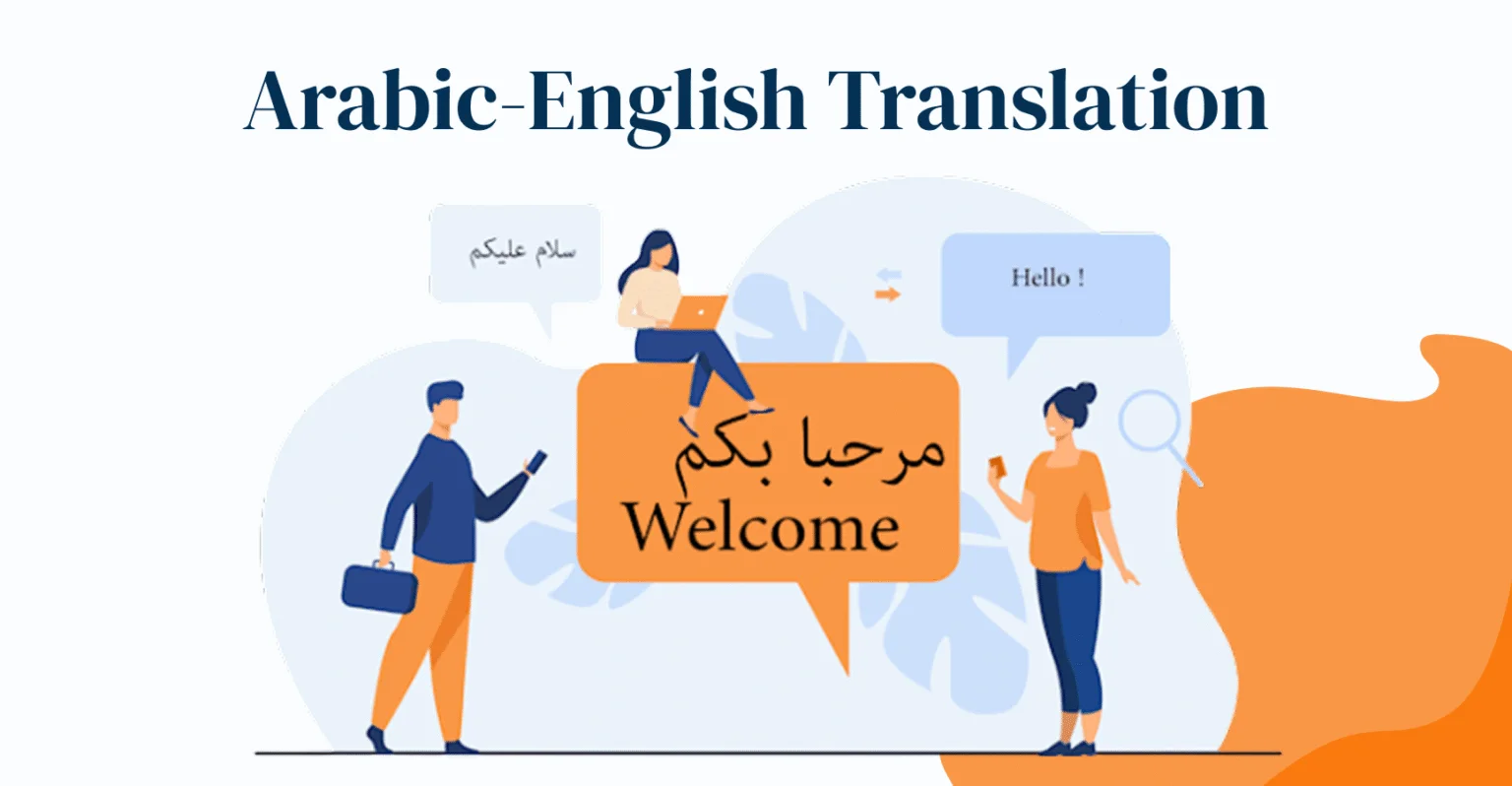When Translation Costs Millions
Consulting projects often hinge on details that seem small but carry real weight. One of the most common pitfalls we’ve seen is translation that’s technically correct but misses the cultural or strategic nuance.
On paper, the words look fine. But to the client, the phrasing can signal that the firm hasn’t fully understood their priorities or context. In competitive bids, this can undo months of relationship building.
At this level, translation isn’t about swapping words between languages. It’s about showing that you think in the client’s terms, using their vocabulary and cultural lens. Anything less sends the wrong message.
Why Arabic Translation Precision Matters in Middle East Consulting
In Middle East consulting, translation mistakes don’t just look unprofessional; they can end projects before they start. We’ve worked with teams who spent months developing brilliant digital transformation frameworks, only to watch their proposals get dismissed because one word choice suggested they didn’t understand local priorities.
In regulated industries like Islamic finance or healthcare, the stakes get even higher. Use the wrong Arabic term for a financial instrument, and you might trigger a regulatory review that delays everything. Or worse, you might expose your client to compliance issues they didn’t sign up for.
Common Arabic-English Translation Challenges for Consulting Firms
Take ‘performance management’: UAE clients usually prefer تحسين المواهب (talent optimization), while Saudi clients lean toward تطوير القدرات (capability development). Different cultural priorities, same basic concept.
Cultural context matters more than accuracy. Last year, we reviewed a proposal where “cloud computing” was translated as الحوسبة السحابية. Nothing wrong with that translation, except the actual discussion in Saudi Arabia was about الحلول السحابية السيادية (sovereign cloud solutions), a regulatory distinction that completely changes the conversation. The strategy might have been brilliant, but the wrong terminology made it look like the team hadn’t done their homework on local compliance requirements.
Regional differences are real. Arabic in Dubai boardrooms isn’t the same as formal Arabic in Saudi RFPs. Vision 2030 has introduced its own vocabulary that officials expect to see. UAE banking has absorbed decades of international financial terms that might not work elsewhere. The consulting firms that win contracts know how to navigate these differences without losing their core message.
AI Translation vs. Human Expertise in Arabic Business Communication
AI tools can handle basic coordination between offices or internal updates. But put them in charge of a client proposal, and the problems become obvious pretty quickly.
Here’s an example: AI typically translates “change management” as إدارة التغيير. Correct, but in cultures that value institutional stability, it sounds disruptive. An experienced translator would choose something like تعزيز المؤسسة (organizational enhancement), which communicates the same concept without suggesting upheaval.
So, AI has its place for internal work, but anything that represents your firm to clients needs human expertise.
Compliance and Regulatory Translation Requirements
At a Dubai bank project we worked on, a proposal got delayed because “profit-sharing” was translated asتقاسم الأرباح instead of المشاركة في الأرباح. Both are technically correct, but the regulator had specific preferences. Three-month delay, all because of one term choice.
In Islamic finance, these aren’t style preferences—they’re legal and theological distinctions. Healthcare faces similar pressure. Getting “informed consent” right as الموافقة المستنيرة isn’t optional; it’s both a regulatory requirement and an ethical necessity. Successful firms build relationships with translators who understand these distinctions.
Best Practices for Arabic-English Translation in Consulting
Match your translation investment to the risk level. Use AI for internal stuff but get human translators for anything client-facing: proposals, reports, thought leadership pieces.
Understand your audience. In the UAE, English-inflected Arabic often works fine. For Saudi government work, formal Arabic and cultural alignment matter more. Some clients want bilingual materials; others prefer pure Arabic. Figure this out early.
Build translation into your process, don’t bolt it on at the end. Good teams plan for Arabic early instead of treating translation as an afterthought. They bring language experts into planning meetings and think through how core concepts will translate before they finalize English versions.
How Successful Consulting Firms Manage Arabic Translation
Some consulting firms now train their consultants to think bilingually, so frameworks are designed to work in both languages. Others maintain partnerships with translators who understand both consulting methodology and local business culture.
Smart firms realize translation isn’t just word conversion; it’s market positioning. Done well, it differentiates your proposal. Done poorly, it undermines everything else.
Key Takeaways for Middle East Consulting Translation
Middle East consulting rewards firms that invest in quality Arabic-English translation and penalizes those that treat it as an afterthought. When clients feel like your proposal was actually written for them, not just translated, you build real trust. But if it reads like English with Arabic pasted on top, you’ve lost them.
Good translation wins contracts, bad translation loses them. Simple as that in this market.

